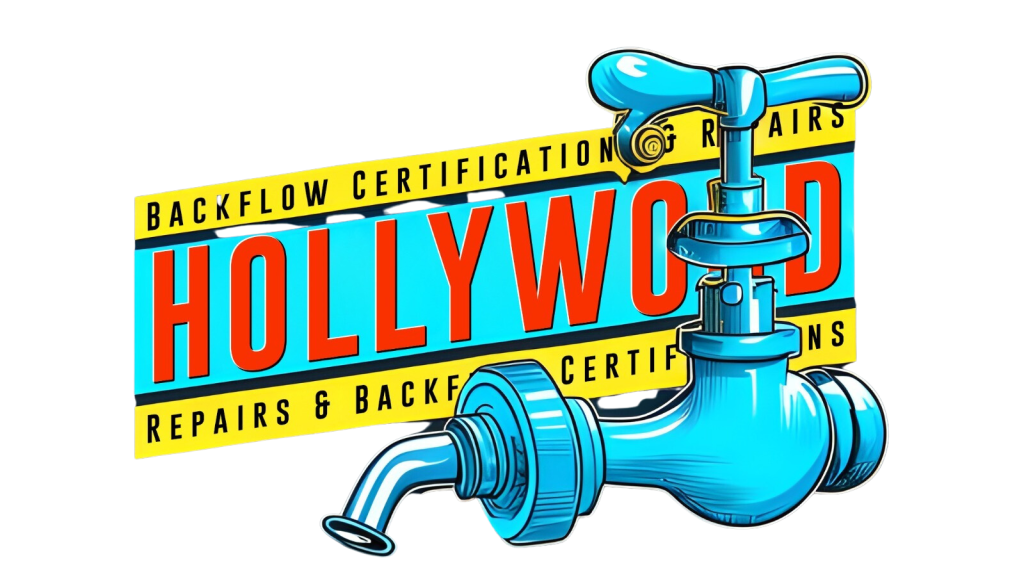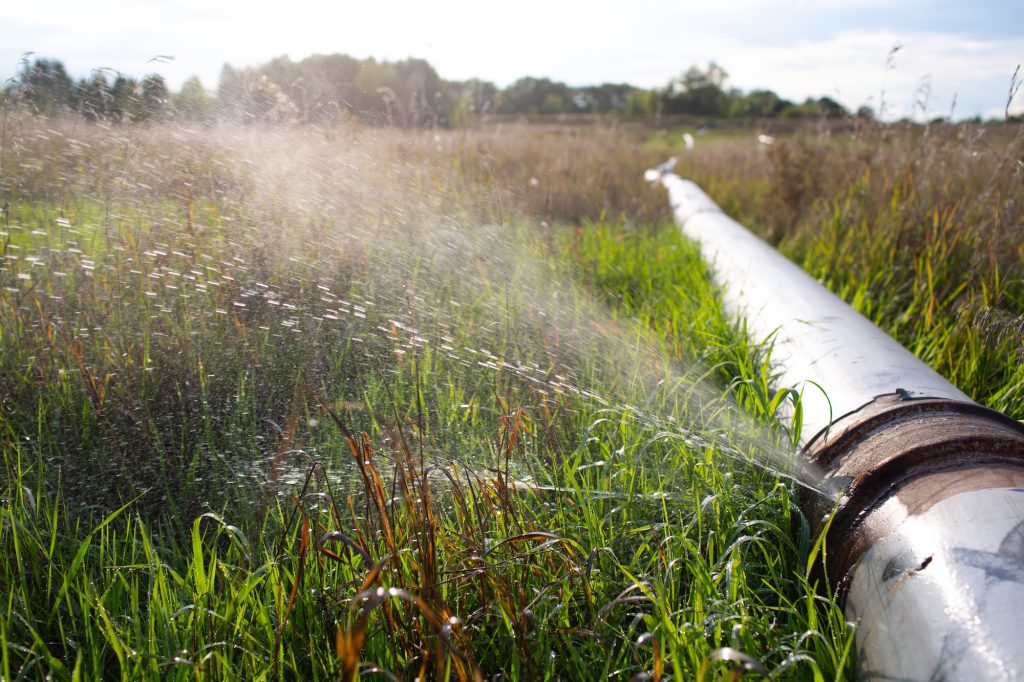When it comes to plumbing, the term “backflow” is often thrown around, but many people are not familiar with what it actually means. In simple terms, backflow is the reversal of the normal flow of water in a plumbing system. It is a potentially dangerous situation that can contaminate the water supply, and it’s crucial to understand why it’s important to prevent backflow from happening.
What is Backflow?
Backflow is the reversal of the normal flow of water in a plumbing system. In a properly functioning plumbing system, water flows in one direction, from the main water supply to your property, and then through your home’s pipes and fixtures, eventually exiting through a drainage system. Backflow occurs when this flow is reversed, allowing dirty water, chemicals, and other contaminants to enter the clean water supply.
Types of Backflow
There are two types of backflow: backpressure and backsiphonage. Backpressure occurs when there is a higher pressure on the customer’s side of the water supply than on the supplier’s side. This can happen when a customer’s water usage exceeds the supplier’s water capacity, creating a pressure imbalance. Backsiphonage, on the other hand, occurs when there is a negative pressure in the customer’s plumbing system, causing water to be drawn back into the water supply.
Why is Backflow a Problem?
Backflow is a significant problem because it can contaminate the clean water supply. If contaminants enter the water supply, they can cause a range of health problems, including illness and even death. Backflow can also damage plumbing fixtures and pipes, leading to costly repairs.
Common Causes of Backflow
There are several common causes of backflow. One of the most common causes is a water main break or other disruption in the main water supply. Other causes include improper plumbing installations, high water usage, and cross-connections between the clean water supply and contaminated water sources.
Prevention Methods for Backflow
Preventing backflow requires a combination of education, maintenance, and the installation of backflow prevention devices. Property owners should be aware of the risks of backflow and take steps to prevent it from occurring, such as regularly inspecting plumbing systems and ensuring that any cross-connections are properly sealed.
Backflow Prevention Devices
Backflow prevention devices are designed to prevent backflow by ensuring that water flows in only one direction. There are several types of backflow prevention devices, including air gaps, double check valves, and reduced pressure zone (RPZ) assemblies. These devices are installed at key points in a plumbing system and must be regularly inspected and maintained to ensure their effectiveness.
Importance of Backflow Prevention in Commercial Settings
Backflow prevention is especially important in commercial settings, such as hospitals and restaurants, where there is a high risk of cross-contamination. In these settings, backflow prevention devices are often required by law and must be regularly inspected and tested to ensure they are working correctly.
How to Maintain Backflow Prevention Devices
Maintaining backflow prevention devices involves regular inspection and testing. Property owners should have their backflow prevention devices inspected annually by a licensed plumber or backflow prevention specialist. During the inspection, the plumber will check that the device is installed correctly, functioning properly, and not damaged or leaking. The device may also need to be tested to ensure that it is working as intended.
Signs of Backflow Problems
There are several signs that may indicate a backflow problem, including discolored water, strange odors coming from the faucet, or reduced water pressure. If you notice any of these signs, it’s important to contact a licensed plumber or backflow prevention specialist immediately to diagnose and fix the issue.
Backflow Testing Requirements
Backflow prevention devices are required by law in many areas, and property owners may be required to have them tested and certified annually. The specific requirements for backflow testing vary depending on the location and type of property, so it’s important to check with your local government or plumbing authority to determine your specific requirements.
Backflow Testing Procedures
During a backflow testing procedure, a licensed plumber or backflow prevention specialist will use specialized equipment to test the pressure and flow of water in your plumbing system. They will also test the backflow prevention device to ensure that it is working correctly. If the device fails the test, it may need to be repaired or replaced.
Legal Requirements for Backflow Prevention
In many areas, property owners are legally required to have backflow prevention devices installed and tested. Failure to comply with these requirements can result in fines or other penalties. It’s important to check with your local government or plumbing authority to determine your specific requirements for backflow prevention.
Conclusion
Backflow is a serious problem that can contaminate the clean water supply and cause a range of health problems. It’s crucial to understand the causes and prevention methods for backflow, as well as the importance of regular maintenance and testing of backflow prevention devices. By taking the necessary steps to prevent backflow, property owners can help ensure the safety and quality of their water supply.
FAQ
- What is the difference between backpressure and backsiphonage? Backpressure occurs when there is a higher pressure on the customer’s side of the water supply than on the supplier’s side, while backsiphonage occurs when there is a negative pressure in the customer’s plumbing system.
- What are some common causes of backflow? Common causes of backflow include water main breaks, improper plumbing installations, high water usage, and cross-connections between the clean water supply and contaminated water sources.
- What are backflow prevention devices? Backflow prevention devices are designed to prevent backflow by ensuring that water flows in only one direction. There are several types of backflow prevention devices, including air gaps, double check valves, and reduced pressure zone (RPZ) assemblies.
- How often should backflow prevention devices be inspected? Backflow prevention devices should be inspected annually by a licensed plumber or backflow prevention specialist.
- Are backflow prevention devices required by law? Backflow prevention devices are required by law in many areas, and property owners may be required to have them installed and tested annually. It’s important to check with your local government or plumbing authority to determine your specific requirements.

